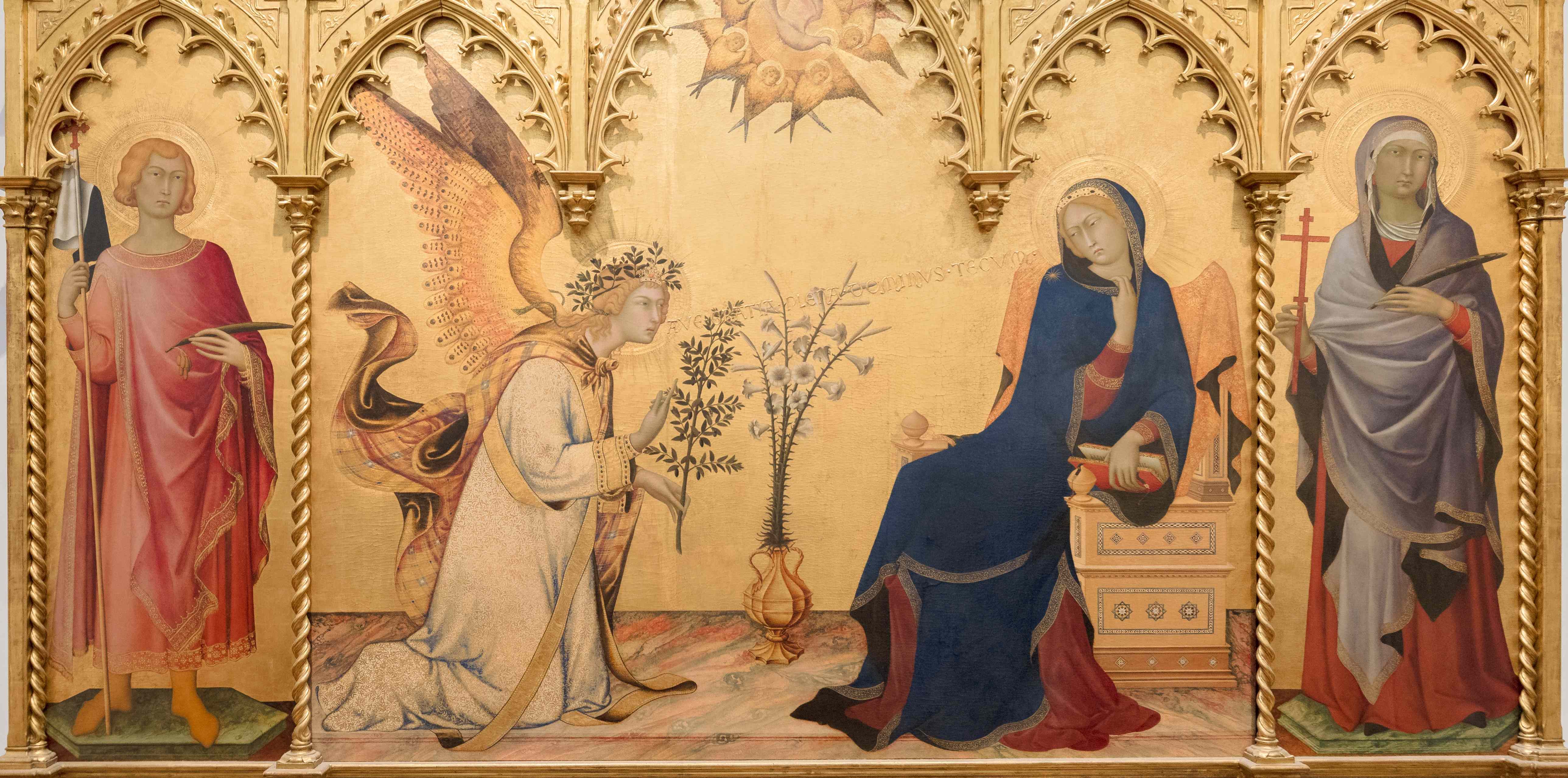Litany and the Angelus
National Liturgical Council

The word ‘Litany’ comes from the Latin ‘letania’ and the Greek ‘litaneia’, and is a well known form of responsive petition, used in communal liturgical services and in private devotions. This responsory prayer involves a number of invocations or petitions grouped around one main subject or sacred theme. When you address the Litany, you start by praising and calling to mind the great things done and imploring help to be like that.
Early Church
When peace was granted to the Church after three centuries of bloody persecution, public devotions became common and processions were frequently held. These processions were called litanies, and in them pictures and other religious emblems were carried.
In Rome, the pope and people would go in procession each day, especially in Lent, to a different church, to celebrate the Sacred Mysteries. Thus originated the Roman ’Stations’, and what was called the ‘Litania Major’ or ‘Romana’.
In 1601 Baronius wrote that about eighty forms were in circulation. To prevent abuse, Pope Clement VIII forbade the publication of any Litany, except the Litany of the Saints as found in the liturgical books, being very ancient, and that of Loreto.
Later litanies of the Holy Name of Jesus, the Sacred Heart, the Precious Blood, and St. Joseph were also approved for publication and communal prayer.
Today
The Roman Missal has retained the prayers in the Mass of Good Friday and a full litany Holy Saturday vigil and of course, the triple repetition of ‘Kyrie Eleison’, ‘Christi Eleison’, ‘Kyrie Eleison’, in the mass.
Litanies usually follow the same pattern. They start with ‘Kyrie Eleison’ (Lord have mercy) followed by the invocations, praising the one to whom the Litany is addressed. Each invocation is answered with a response, such as ‘pray for us’ and remains the same throughout most of the Litany.
Then follows a set of petitions for example asking for various graces or protection from spiritual or physical evils. After the invocations and petitions is a set of three invocations to the Lamb of God usually followed by a versicle and a response. The Litany is completed by a short prayer.
Angelus
The Angelus is a devotion in memory of the Son of God perfectly united with human nature in one divine Person Jesus Christ. It gets its name from the opening words, Angelus Domini nuntiavit Mariae (The angel of the Lord declared unto Mary).
It consists of three texts describing the mystery, recited as versicle and response alternately with the ’Hail, Mary!’. The Angelus should be said kneeling (except on Sundays when the rubrics prescribe standing) and is traditionally recited about 6.00am, noon and 6.00pm.
The Angelus has only been known since eleventh century in a variety of forms but always associated with the ringing of the monastery bell. Five ‘Hail Marys’ can be said if the words are not known by heart. The Angelus is replaced by Regina Coeli during Eastertide.
This article was originally published in ‘Prayer and Devotions’. © Diocese of Parramatta. 2007. Reprinted with permission.
Image Attribution - The Annunciation, Altar Piece, Simone Martin
